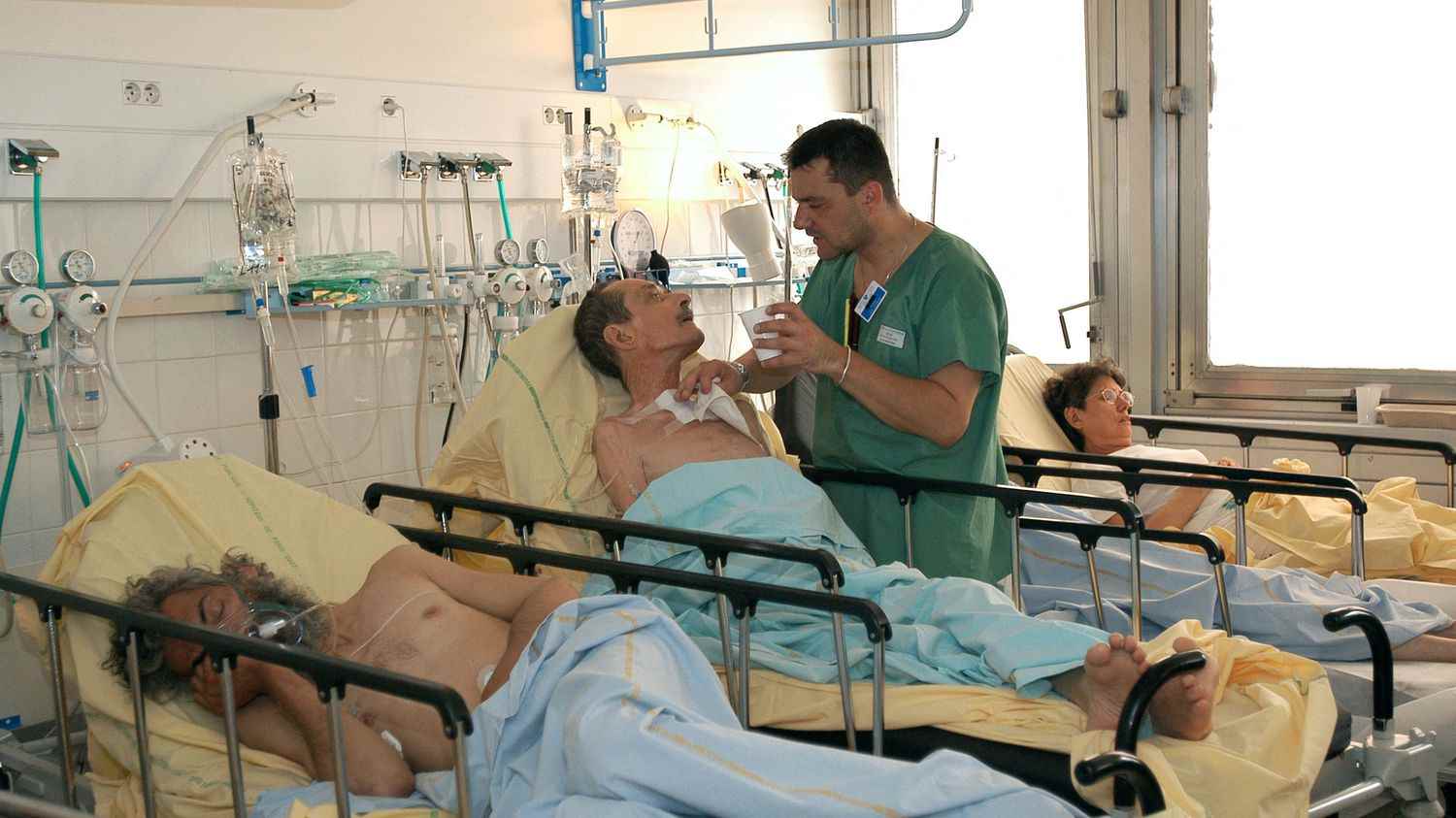Will France relive the deadly heat wave of 2003? While a new heat wave, the second of the year, has been overwhelming France since Monday July 11, some, like climatologist Christophe Cassouare worried about seeing this scenario repeat itself, with an intensity increased tenfold by twenty years of additional global warming.
Our greenhouse gas emissions, produced when we burn coal, gas or oil to move, house or feed us, have made these heat waves “more frequent and more intense”warned the IPCC in its latest report. “We will be, I think, in the top 1 or the top 2 of heat waves ever recorded [en France hexagonale]being very close to 2003″believes Christophe Cassou about the current wave, noting that uncertainties remain about the duration of this episode.
Where to place the famous heat wave of 2003 among the dozens of heat waves that have hit our country since 1947? What were the hottest periods and the longest heat waves since the post-war period? To help you see more clearly, franceinfo explores our burning past in graphics.
More than half of heat waves have been recorded since 2006
This is one of the clearest manifestations of global warming in France. Since 1947, our country has experienced 44 heat waves at the national level and is now going through a 45th, the second in less than a month. These are more and more frequent: there have been more in 16 years (since 2006) than in the previous six decades.
A record intensity in 2019
To identify a heat wave, Météo France uses the national thermal indicator, the average temperature recorded in 30 meteorological stations spread over the whole of France. We speak of a “heat wave” when the average temperature is greater than or equal to 25.3°C for 24 hours, greater than 23.4°C for at least three days and always above 22.4°C on the whole episode. The most intense, in July 2019 and August 2003, exceeded 29°C in one day.
The longest in July 1983
The 2003 heat wave is not the longest recorded by Météo France, even if it is on the podium (16 days, tied with July 2018). The record was broken in 1983, with a heat wave that lasted 23 days. However, this episode was significantly less intense than in 2019 or 2003, with 26.3°C on average.
Beyond these historical periods, the trend is upward. Between 1947 and 1991, there were on average two days of high temperatures per year. A figure that rises to 6.2 over the period 1992-2007 and 7.5 over the period 2007-2021.
The health disaster of 2003
If the heat wave of 2003 marked the spirits, it is because it was by far the deadliest. According to data from Public Health France, 15,209 excess deaths were recorded during these scorching days in August. This is much more than in 2019 (1,462), at comparable intensity but much shorter (6 days against 16). The heat wave plan, put in place after 2003, also explains this drastic reduction in the number of deaths. The last summers are not without impact, however: there were 1,624 deaths in 2018 and 1,903 in 2020.
